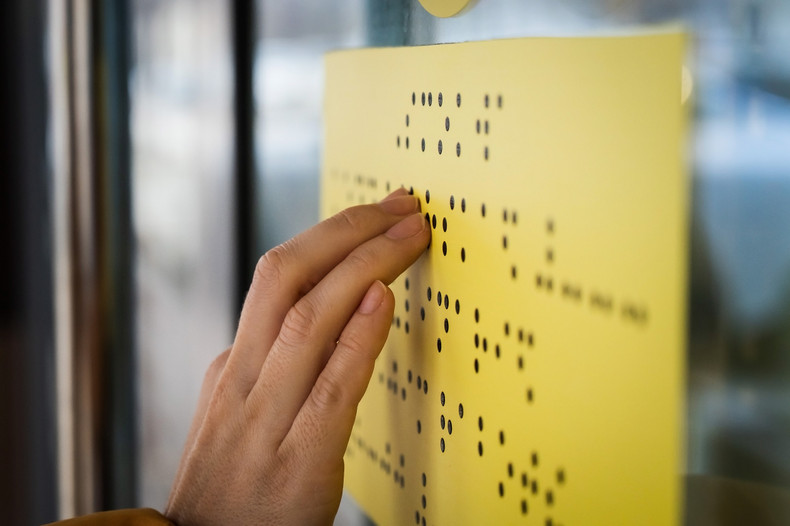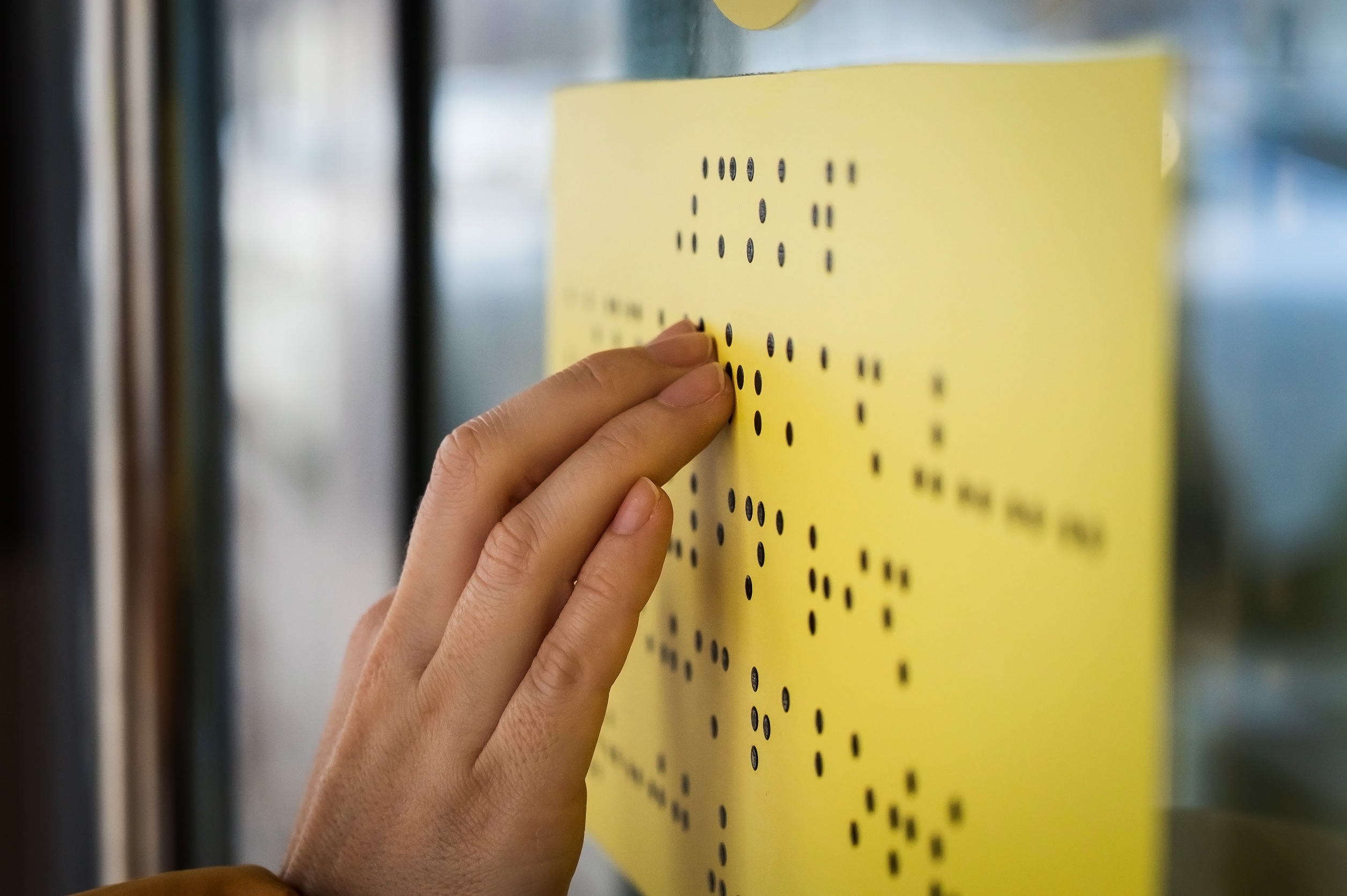
What is Braille, Why is it Helpful, and How is it Used?
There are more than one million people in the United States who are considered legally blind – meaning their vision is 20/200 or less in their better eye or their field of vision is less than 20 degrees. As you can imagine, living with that kind of vision (or no vision at all) can and will severely impact your day-to-day life.
Of course, that’s why so many people preach the importance of an inclusive environment that ensures those with a disability are given a fair and equal opportunity to live a happy, healthy, and prosperous life. While blindness and vision impairment might make life difficult, they should never make life impossible.
A good example of this is reading and writing – two things that are crucial to living a good life, but are nearly impossible without being able to see. Luckily, we have something called Braille – a form of written language that allows blind persons to both read and write with their fingers (as opposed to using their eyes).
The History of Braille
Believe it or not, the Braille system we use today was originally developed by a 15-year-old boy named Louis Braille. Born in 1809, Braille was just three years old when he injured one of his eyes – ultimately resulting in both of his eyes becoming infected. The little boy was completely blind by the age of 5.
Louis Braille never let his disability stop him – in fact, it did the exact opposite. His parents decided to enroll him in a village school and he originally learned by listening. A committed and dedicated student, he earned a scholarship at the National Institute for Blind Youth in Paris, France by the age of 10.
It was there that he was introduced to a 12-dot Braille cell cryptography system initially used by the French Army to allow soldiers to communicate at night. Between the ages of 12 and 15, Braille decided to simplify the 12-dot system down to six raised dots arranged in a certain manner similar to the one blind people use today – and Braille was born!
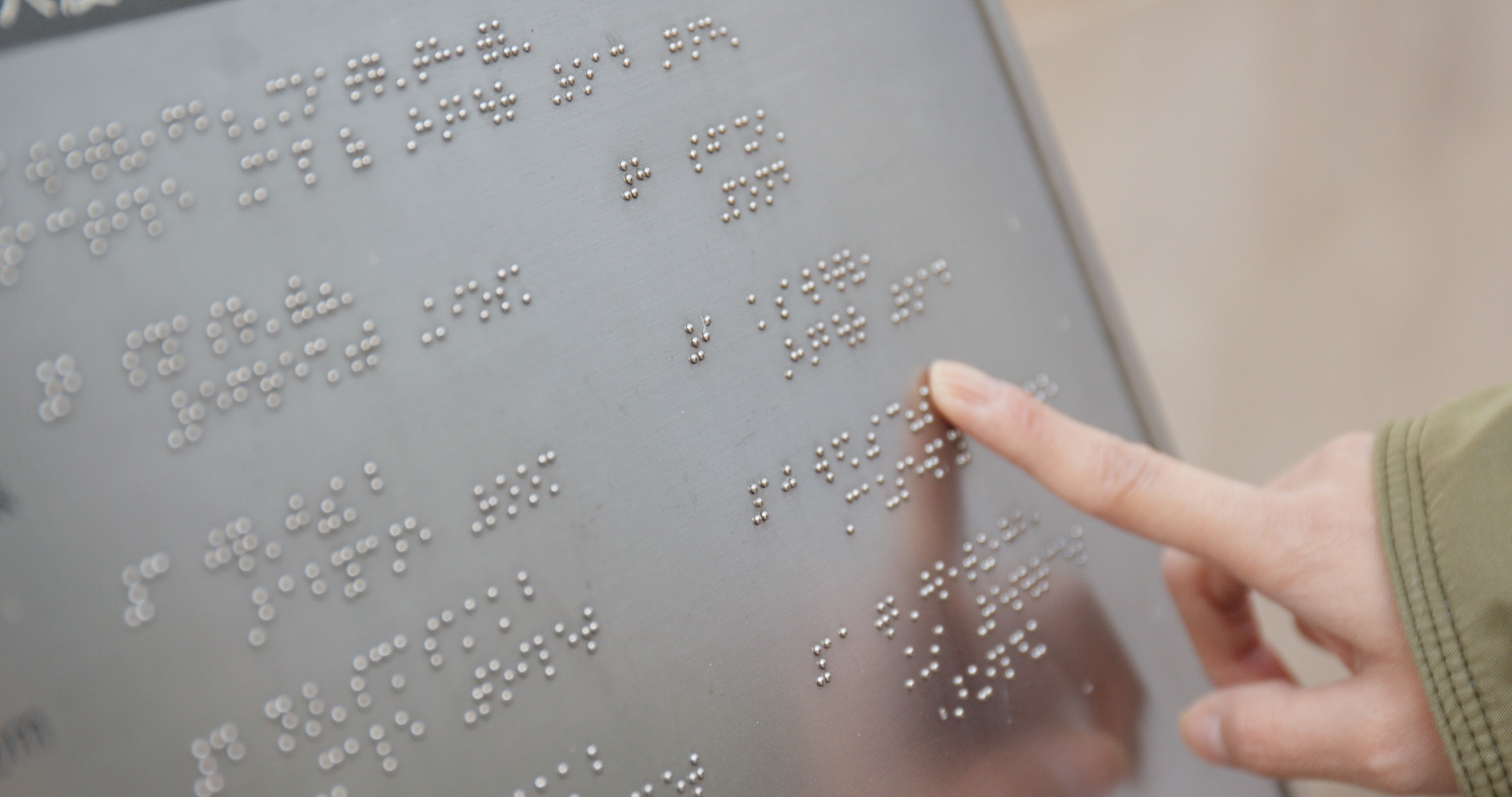
Different Types of Braille
Louis Braille started sharing his six-dot system with his friends in 1824 – that’s nearly 200 years ago! He wrote his first Braille book five years later and dedicated himself to teaching blind and visually-impaired people the new code until he was forced to retire due to tuberculosis. Braille died in 1852 at 43 years old.
Over the past two centuries, his genius Braille system has seen a number of moderations, improvements, and iterations that make it the diverse code we know today. And since it’s not a new language – it’s a code – it can be transcribed into any dialect, including English, Spanish, French, German, and Italian.
Today, there are three primary types of Braille code – Grade 1 Braille (also known as uncontracted Braille), Grade 2 Braille (also known as contracted Braille), and Grade 3 Braille (also known as shorthand Braille). Each have their own use and importance in this world, so let’s take a closer look at each one!

1. Grade 1 Braille (Uncontracted Braille)
Grade 1 Braille, commonly referred to as uncontracted Braille, is a one-to-one conversion form of Braille – which basically means each arrangement of Braille symbols corresponds with just one letter, number, or punctuation mark. It’s the most basic form of Braille and allows beginners to ease their way into the Braille system.
2. Grade 2 Braille (Contracted Braille)
Grade 2 Braille, commonly referred to as contracted Braille, is a much more complex form of Braille that allows a single arrangement of Braille cells to correspond with a whole word – either part-word contractions or whole-word contractions. It helps save space and allows for quicker reading once the system is mastered.
3. Grade 3 Braille (Shorthand Braille)
Grade 3 Braille, commonly referred to as shorthand Braille, is an unstandardized version of the Braille writing system that is similar to the shorthand used by transcribers. It’s generally used on a more private level and comes in handy when taking personal notes. There are hundreds of contractions utilized in this grade of Braille.
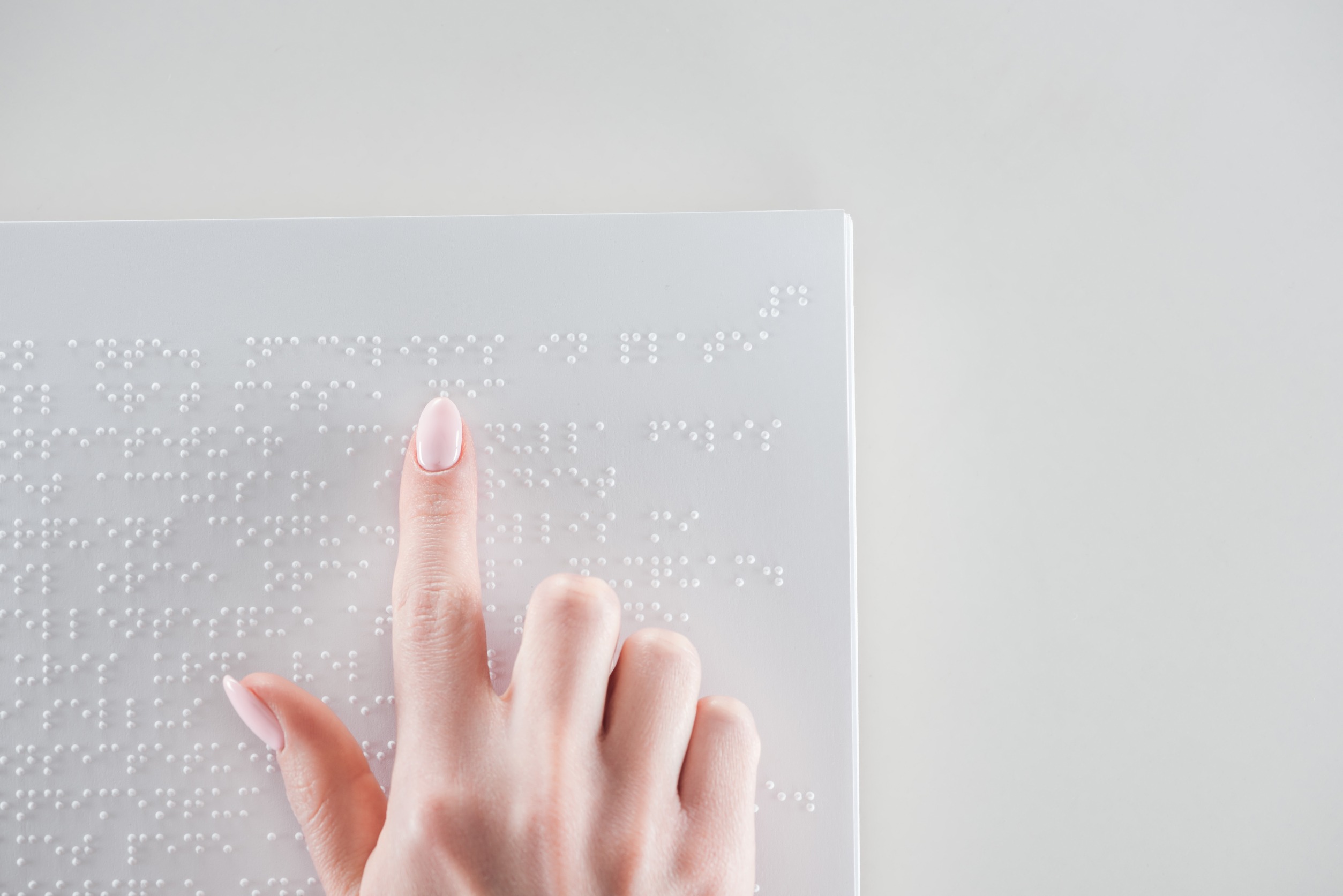
Why is Braille Helpful in Today’s Society?
The introduction of Braille helped make the world a little more inclusive to those who are blind or visually impaired. Just take one look around and you’ll see Braille characters being used virtually everywhere – even in the modern world, where talk-to-text technology and speech recognition have transformed the way we live.
Here are some of the most prominent benefits Braille users receive with this incredible system:
- Gives blind people the ability to read Braille, write Braille, and understand the language they speak without actually speaking
- Learning Braille allows blind people to learn spelling, grammar, and punctuation marks (literacy)
- Allows blind people to navigate freely in public, personal, and private spaces (signage and labels)
Braille is used in practically every aspect of a blind person’s life. It lets them label items in the kitchen, closet, medicine cabinet, shower, and bathroom. They can use the remote, read a book, and learn new subjects in school or at home. Without the use of braille, blind people would struggle to live a happy life.
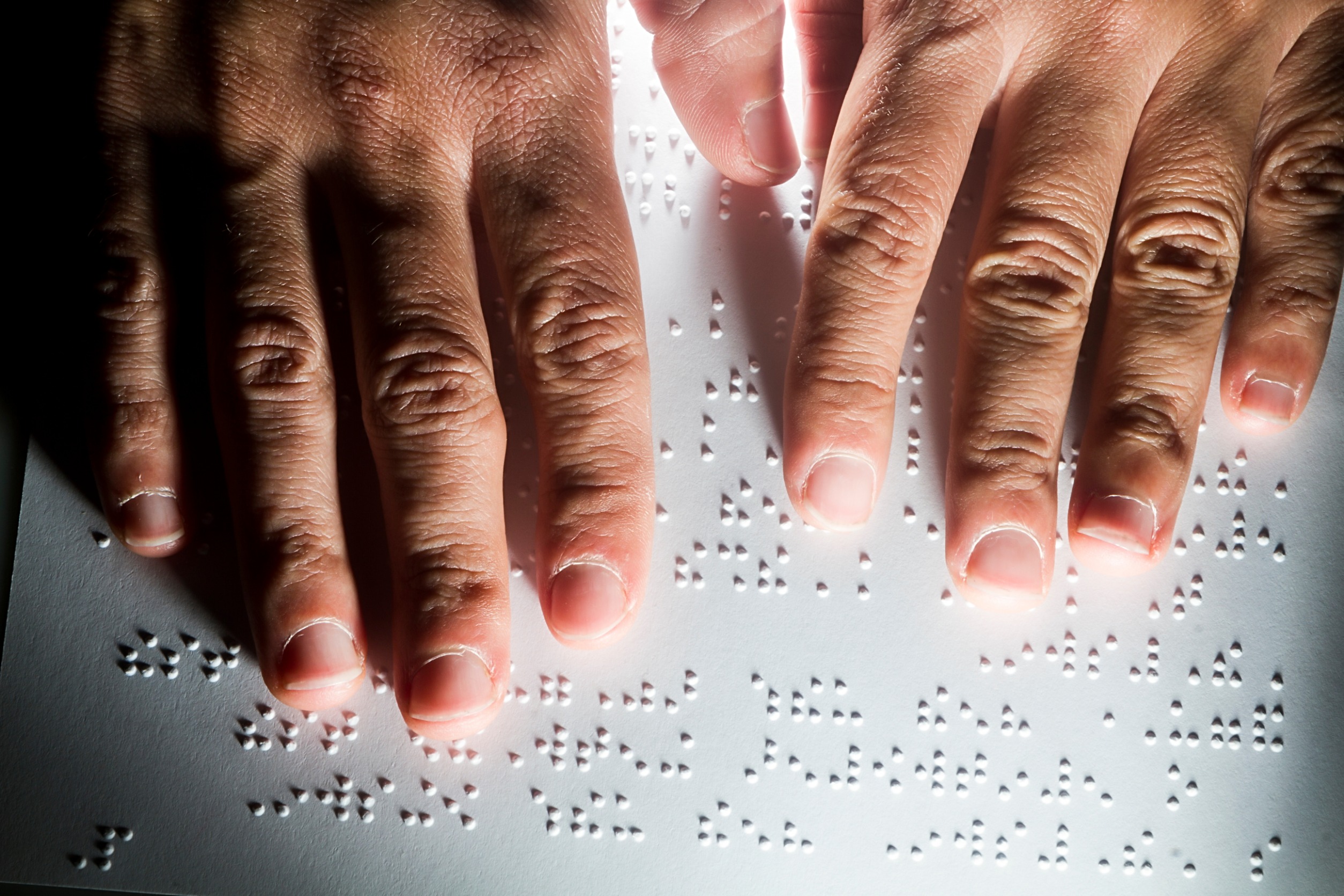
Do You Need Braille on ADA Signs?
Did you know that Braille is actually required on signage in public spaces, according to the Americans with Disabilities Act (ADA)? Any business or public space that doesn’t comply with this requirement could be punished with a fine – and a hefty one, at that. Believe it or not, many people are unaware of this.
That means restroom signs, exit signs, emergency signs, accessible parking signs, elevators and/or escalators, directional signs, informational signs, checkout aisles, and any other sign located in a public space must use contracted Braille (Grade 2 Braille) to ensure blind people can properly navigate the area.
If you own a business and are worried that you aren’t complying with ADA requirements with the use of Braille, don’t panic – ADA Central is here to help! We specialize in the manufacturing of ADA-compliant signage and would be honored to help you better understand what you need and where it’s needed!
Feel free to contact us today by calling our office at (308) 221-8226 or emailing us at sales@adacentral.com – we can’t wait to hear from you!

